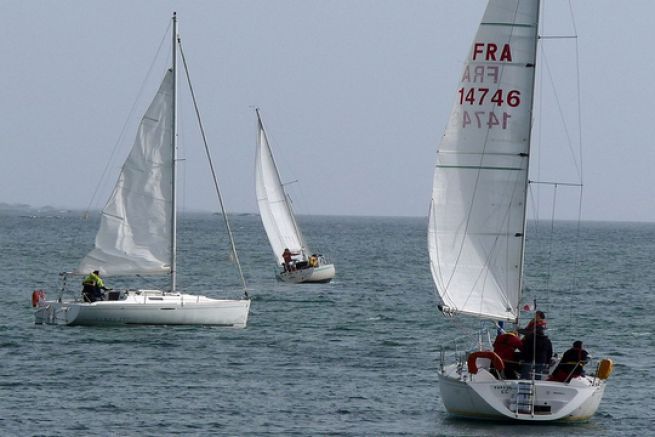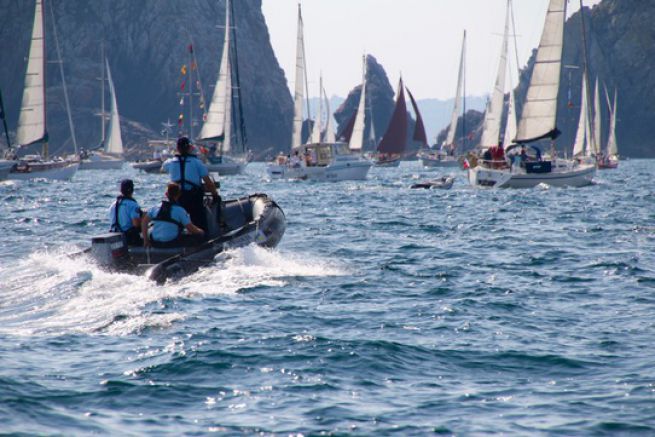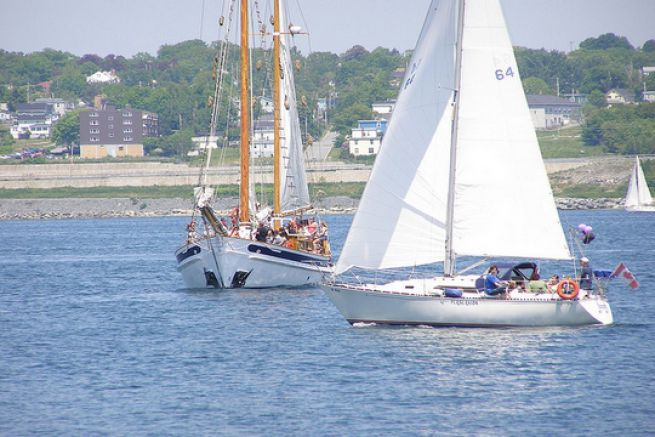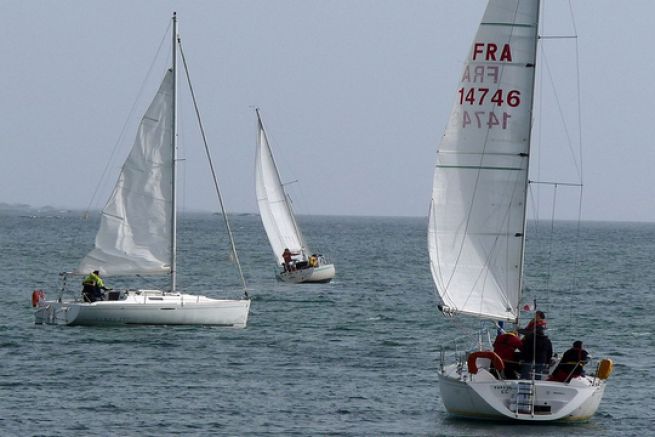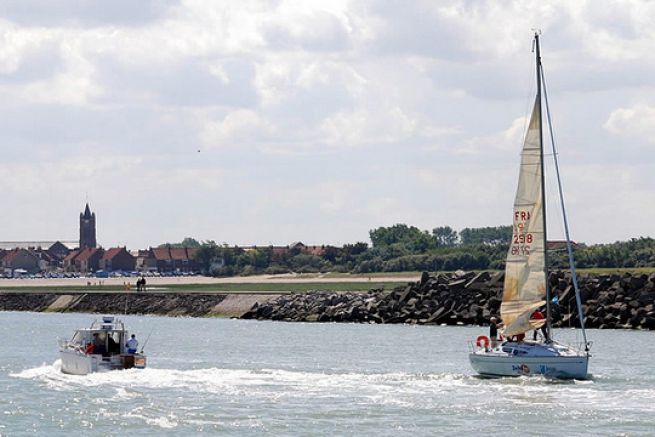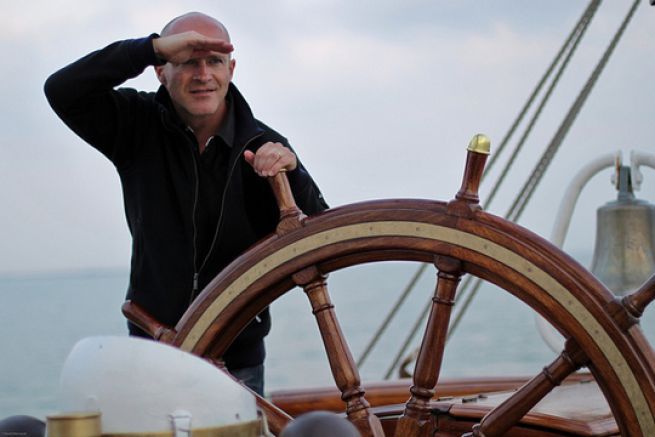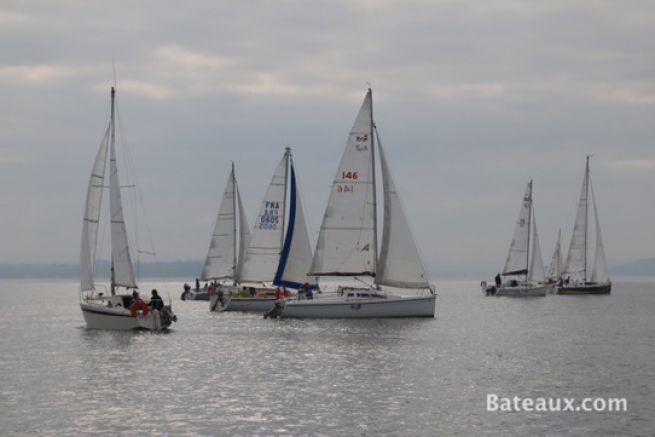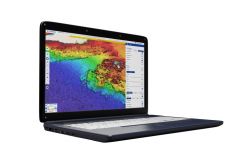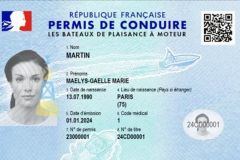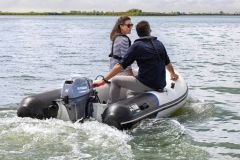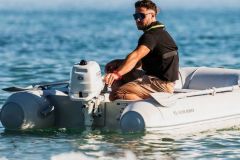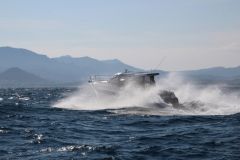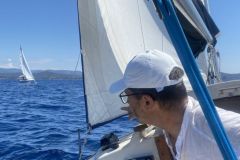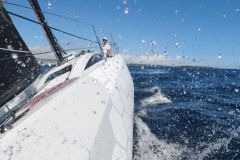The helm and course rules shall apply in all visibility conditions, in conditions of appropriate visual and auditory watch and at a safe speed to prevent the risk of collision and to be able to stop over an appropriate distance.
Other criteria are used to determine the safety speed of a vessel:
For all ships
- visibility ;
- the density of traffic and in particular the concentrations of fishing vessels or any other vessels;
- the ship's manoeuvrability and more particularly its stopping distance and turning qualities under existing conditions;
- at night, the presence of a luminous background such as that created by coastal lights or a diffusion of light from the ship's own lights;
- wind, sea and current conditions and proximity to navigational hazards;
- the draught according to the available water depth.
In addition, by vessels using radar
- the characteristics, effectiveness and limitations of the radar equipment;
- limitations resulting from the gate scale used on the radar or AIS;
- the effect of sea state, weather and other sources of interference on radar detection or AIS;
- the fact that small vessels, ice and other floating objects may not be detected by radar at a sufficient range;
- the number, position and movement of vessels detected by radar or AIS;
- the fact that visibility can be more accurately assessed when radar or AIS is used to determine the distance from ships and other objects in the vicinity.
Rule 7 - Preventing a Collision Hazard
A collision occurs if the compass bearing of an approaching vessel does not change significantly.
Every ship shall use all available means appropriate to the existing circumstances and conditions to determine whether there is a risk of collision. If there is any doubt as to the risk of collision, that risk shall be considered to exist.
If functioning radar or AIS equipment is carried on board, it shall be used appropriately, in particular by long-range scanning to detect a risk of collision in advance, and by radar plotting, AIS or other equivalent systematic observation of the objects detected.

Rule 8 - Prevent Collisions
Any manoeuvre undertaken to avoid a collision shall be in accordance with the rules set out in this Part and, if circumstances permit, shall be carried out in an honest and timely manner and in accordance with good seamanship.
Any change in heading or speed, or both, to avoid a collision must be significant enough to be immediately perceived by any vessel observing it visually or on radar. A succession of minor changes should be avoided.
If the vessel has sufficient space, course alteration alone may be the most effective manoeuvre to avoid being in a very close situation, provided that the manoeuvre is done well in time, is frank and does not lead to another very close situation.
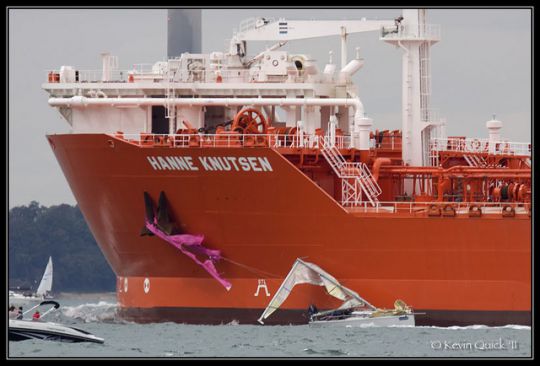
Manoeuvres to avoid collision with another vessel shall be such as to permit passage at a sufficient distance. The effectiveness of the manoeuvres must be carefully monitored until the other vessel is finally ready and clear.
If necessary to avoid a collision or to allow more time to assess the situation, a vessel must reduce speed or break its course by stopping its propulsion machinery or beating astern with this apparatus.
A ship which, under any of these regulations, is required not to hinder the passage of another ship or to allow its free passage shall, when circumstances so require, manoeuvre without delay in order to leave sufficient space for the other ship to allow its free passage.
A ship that is required not to obstruct the passage of another ship or to permit its free passage is not exempt from this requirement if it approaches the other ship in such a manner that there is a risk of collision and shall, when performing its manoeuvre, take into account manoeuvres that may be required under the rules of this Part.
A ship whose passage is not to be obstructed remains fully bound to comply with the rules of this Part when the two ships approach each other in such a manner that there is a risk of collision.

 /
/ 